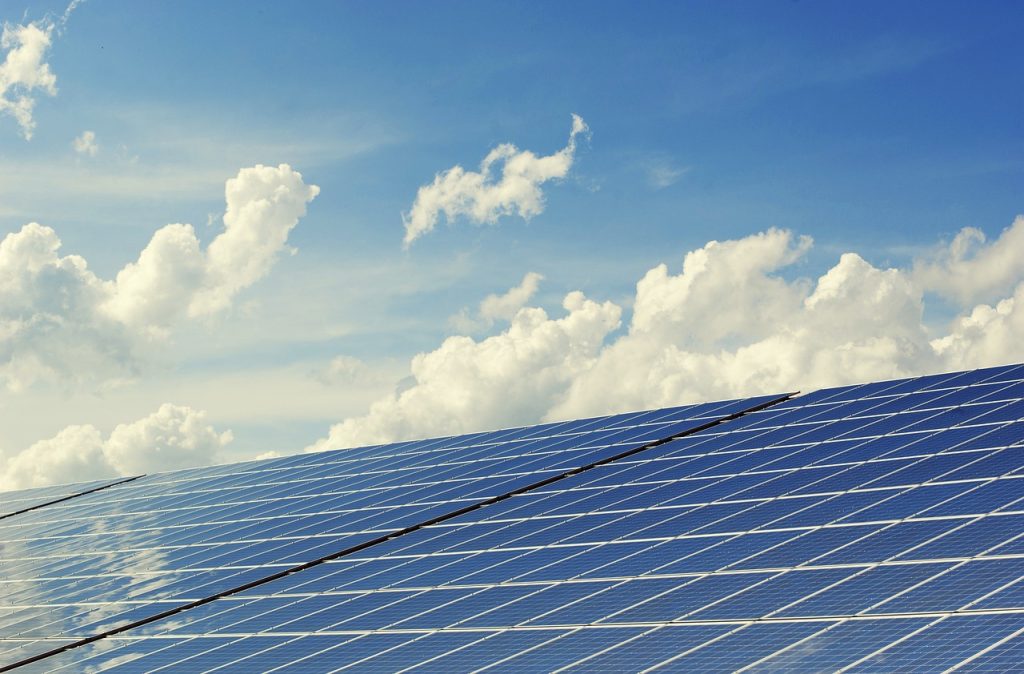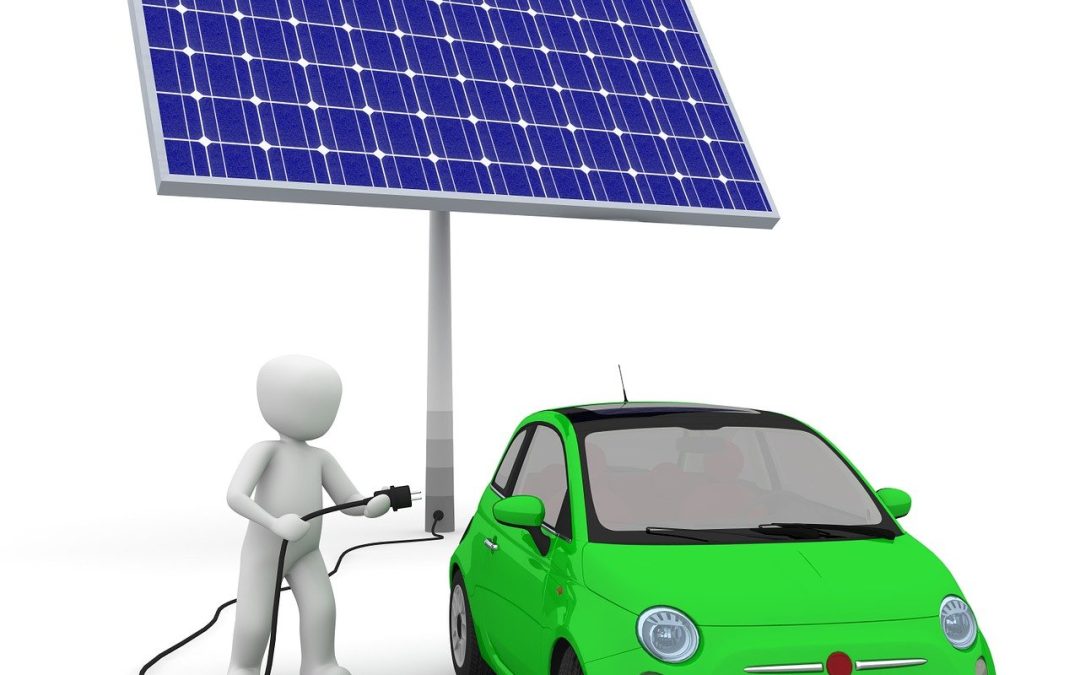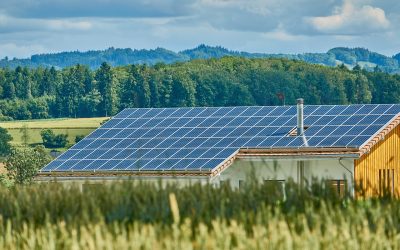In the world of renewable energy, there are two major options when it comes to financing solar panels: leasing or entering into a power purchase agreement (PPA). These choices provide individuals and businesses with alternative ways to benefit from solar power without the burden of upfront costs. Whether you choose to lease or enter into a PPA, both options offer unique advantages that can help you embrace clean energy and reduce your carbon footprint.
Leasing Options
Definition of Leasing
Leasing is a financing option that allows individuals and businesses to access solar energy systems without the need for a large upfront investment. In a leasing arrangement, the solar system is owned by a third party, such as a solar leasing company, who is responsible for the installation and maintenance of the system. The customer, or lessee, pays a fixed monthly fee for the use of the system and benefits from the electricity generated by the system.
Benefits of Leasing
Leasing offers several benefits to individuals and businesses looking to adopt solar energy:
-
Lower upfront costs: Leasing eliminates the need for a significant upfront investment. Instead of paying for the entire system, customers pay a fixed monthly fee, making solar energy more accessible to a wider range of people.
-
Maintenance and repairs: With a leasing arrangement, the responsibility for maintenance and repairs rests with the leasing company. This relieves the customer from the burden of system upkeep and ensures that the solar energy system operates optimally.
-
Fixed monthly payments: Leasing provides predictability in monthly expenses, as the customer pays a fixed monthly fee for the use of the system. This can help with budgeting and financial planning, especially for businesses.
-
Environmental benefits: By adopting solar energy through leasing, individuals and businesses can reduce their carbon footprint and contribute to a cleaner and more sustainable future.
Types of Leasing Options
There are two primary types of leasing options available:
-
Operating lease: In an operating lease, the leasing company retains ownership of the solar energy system. The customer benefits from the use of the system and pays a monthly fee, but does not own the system at the end of the lease term.
-
Capital lease: In a capital lease, the leasing company transfers ownership of the solar energy system to the customer at the end of the lease term. The customer pays a monthly fee, similar to an operating lease, but has the option to purchase the system at a predetermined price at the end of the lease term.
Pros and Cons of Leasing
Before deciding on a leasing option, it’s important to consider the pros and cons:
Pros:
-
Lower upfront costs: Leasing allows for the adoption of solar energy without a substantial upfront investment.
-
Maintenance and repairs: As the system is owned by the leasing company, they are responsible for maintenance and repairs, relieving the customer of these responsibilities.
-
Fixed monthly payments: The fixed monthly fee makes budgeting and financial planning easier.
Cons:
-
Lack of ownership: With leasing, the customer does not own the solar energy system, which means they do not benefit from the potential long-term financial gains that come with ownership.
-
Limited flexibility: Leasing agreements typically have long-term contracts, which limits flexibility for the customer if they want to make changes to the system or switch to a different financing option.
Key Considerations in Leasing
When considering leasing options, it’s important to take the following factors into account:
-
Terms and conditions: Review the leasing agreement carefully to understand the terms and conditions, including the duration of the lease, fees, and any potential penalties or restrictions.
-
System performance and warranty: Ensure that the leasing company guarantees the performance of the system and provides a comprehensive warranty to cover any potential issues.
-
Reputation and reliability: Research the reputation and reliability of the leasing company before entering into an agreement. Look for customer reviews and ratings to ensure you are working with a reputable company.
Power Purchase Agreement (PPA) Options
Definition of PPA
A Power Purchase Agreement (PPA) is a contract that allows individuals and businesses to procure renewable energy, such as solar power, without having to own or maintain the solar system. In a PPA arrangement, a third party, often a solar developer or utility company, installs and maintains the solar energy system on the customer’s premises. The customer agrees to purchase the electricity generated by the system at a predetermined rate over a specified period of time.
Benefits of PPA
PPAs offer several benefits to individuals and businesses considering solar energy adoption:
-
Lower upfront costs: Similar to leasing, PPAs require little to no upfront investment, making solar energy more accessible to a wider range of people.
-
Fixed electricity rates: With a PPA, customers secure a fixed rate for the electricity generated by the system over the duration of the agreement. This protects against potential increases in traditional electricity rates, providing long-term cost savings.
-
Maintenance and repairs: As with leasing, the responsibility for system maintenance and repairs lies with the solar developer or utility company, relieving the customer of these tasks.
-
Environmental benefits: By procuring renewable energy through a PPA, individuals and businesses contribute to the reduction of greenhouse gas emissions and the transition to a cleaner energy future.
Types of PPA Options
There are different types of PPA options available to meet varying needs:
-
On-site PPA: In an on-site PPA, the solar energy system is installed directly on the customer’s property. The customer purchases the electricity generated by the system at the agreed-upon rate.
-
Off-site PPA: In an off-site PPA, the solar energy system is installed at a separate location, often a solar farm or another suitable site. The customer still benefits from the electricity generated by the system, but it is not physically located on their property.
Pros and Cons of PPA
Consider the following pros and cons before opting for a PPA:
Pros:
-
Lower upfront costs: PPAs allow for solar energy adoption without a significant upfront investment, making it more accessible to a broader range of individuals and businesses.
-
Predictable electricity rates: The fixed rate agreed upon in the PPA provides cost stability and protection against potential increases in traditional electricity rates.
-
Maintenance and repairs: The responsibility for system maintenance and repairs lies with the solar developer or utility company, freeing the customer from these tasks.
Cons:
-
Lack of ownership: With a PPA, the customer does not own the solar energy system and therefore does not benefit from potential long-term financial gains associated with ownership.
-
Limited control over system: As the system is owned and maintained by a third party, customers have limited control over the design, location, and other aspects of the system.
Key Considerations in PPA
When considering PPA options, keep in mind the following considerations:
-
Rate and contract length: Review the rate and contract length carefully to ensure they align with your financial goals and expected energy consumption.
-
Performance guarantees: Verify that there are performance guarantees in place to ensure the system meets the expected energy generation levels.
-
Creditworthiness and reputation: Assess the creditworthiness and reputation of the solar developer or utility company offering the PPA. Look for references, customer reviews, and financial stability to ensure a reliable partnership.
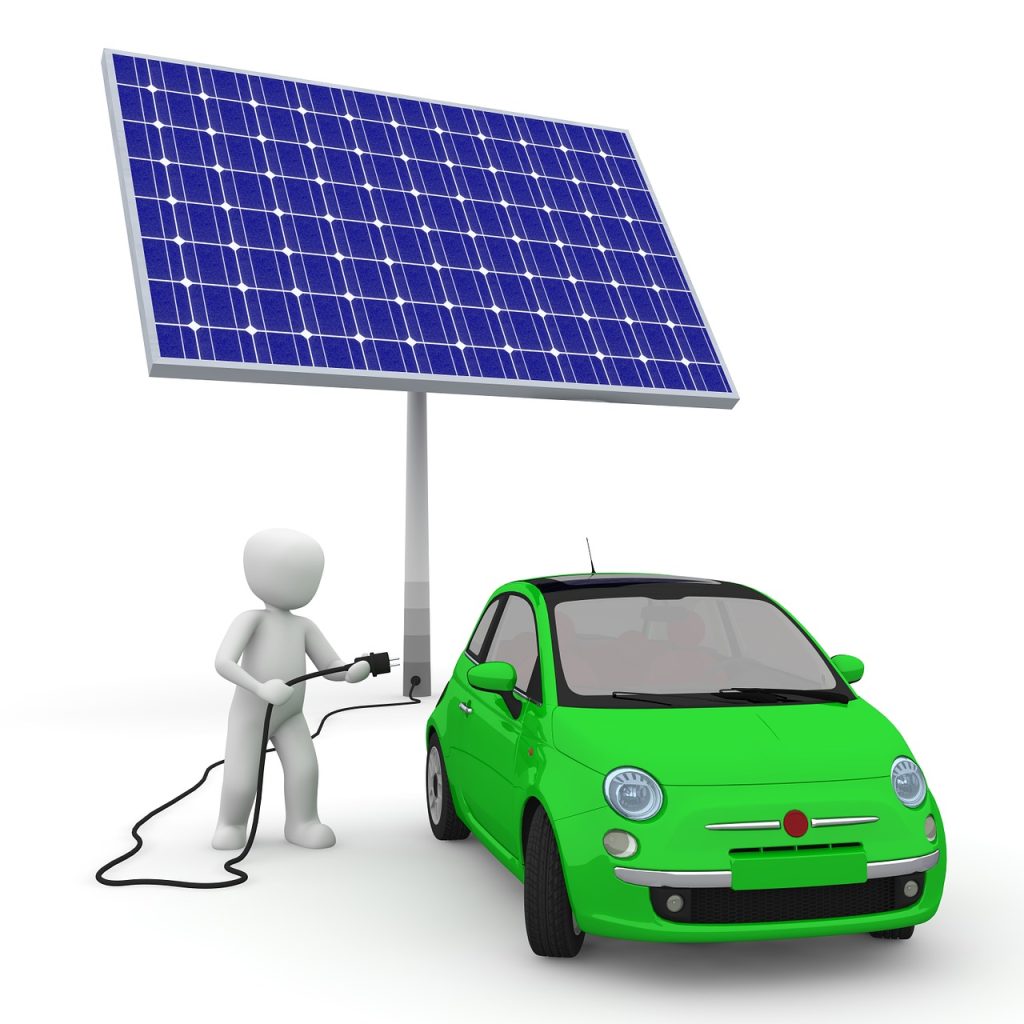
Comparison between Leasing and PPA
Financial Implications
When comparing leasing and PPA options, the financial implications are a significant factor to consider. With a lease, the customer pays a fixed monthly fee, while with a PPA, the customer pays for the electricity generated by the system at a predetermined rate. Both options offer lower upfront costs compared to purchasing a solar energy system outright, but the specific financial benefits will vary based on individual circumstances.
Ownership and Control
Leasing and PPA options differ in terms of ownership and control. With a lease, the customer does not own the solar energy system but benefits from its use. In contrast, a PPA does not involve ownership either. Both leasing and PPA arrangements limit the customer’s control over the system design, location, and other aspects, as they are managed by the leasing company or solar developer.
Responsibility for Maintenance
In both leasing and PPA arrangements, the responsibility for system maintenance and repairs lies with the leasing company or solar developer. This alleviates the customer from the burden of maintenance tasks and ensures that the system operates optimally. However, it is essential to review the terms and conditions of the agreement to understand the extent of the maintenance responsibility.
Flexibility in System Size
Leasing and PPA options provide flexibility in system size to varying degrees. With leasing, customers have greater flexibility to determine the system size based on their energy needs, as the leasing company installs and maintains the system to cater to those needs. In contrast, a PPA may limit the customer’s flexibility in system size since the solar developer determines the capacity required to meet the customer’s energy consumption.
Contractual Commitments
Both leasing and PPA options involve contractual commitments, typically ranging from 10 to 25 years. The specific terms and conditions of the agreements will vary, and it is crucial to carefully review them before making a decision. Consider factors such as termination penalties, transferability of the agreement, and options for system upgrades or modifications during the contract period.
Tax Implications
The tax implications of leasing and PPA options also differ. Leasing may offer tax benefits, as the leasing company can take advantage of tax incentives and pass on some cost savings to the lessee through a lower monthly fee. On the other hand, the PPA provider may benefit from tax incentives, which could result in lower electricity rates for the customer. It is advisable to consult with a tax professional to understand the specific tax implications of each option.
Factors to Consider when Choosing between Leasing and PPA
Upfront Costs
Consider your financial situation and assess the upfront costs associated with leasing and PPA options. Evaluate the affordability of each option and determine the impact on your budget and cash flow.
Long-term Benefits
Analyze the long-term benefits of leasing and PPA arrangements. Consider factors such as potential savings on utility bills, the ability to lock in fixed electricity rates, and the potential for future upgrades or modifications to the system.
Flexibility
Evaluate your need for flexibility in terms of system size, contract terms, and potential changes to the solar energy system over time. Determine how important it is for you to have control over these aspects and choose the option that aligns with your preferences.
Maintenance and Repairs
Consider your willingness and ability to handle system maintenance and repairs. If you prefer to hand off these responsibilities to a third party, leasing or PPA options may be more suitable. However, if you are comfortable handling maintenance tasks yourself, purchasing a solar energy system outright may be a better option.
Duration of Commitment
Different leasing and PPA agreements come with different contract lengths. Assess your ability to commit to a long-term contract and consider the potential consequences of terminating the agreement prematurely.
Electricity Rates
Compare the electricity rates offered by leasing and PPA options against your current utility rates. Determine the potential cost savings or increases associated with each option and evaluate how they align with your financial goals.
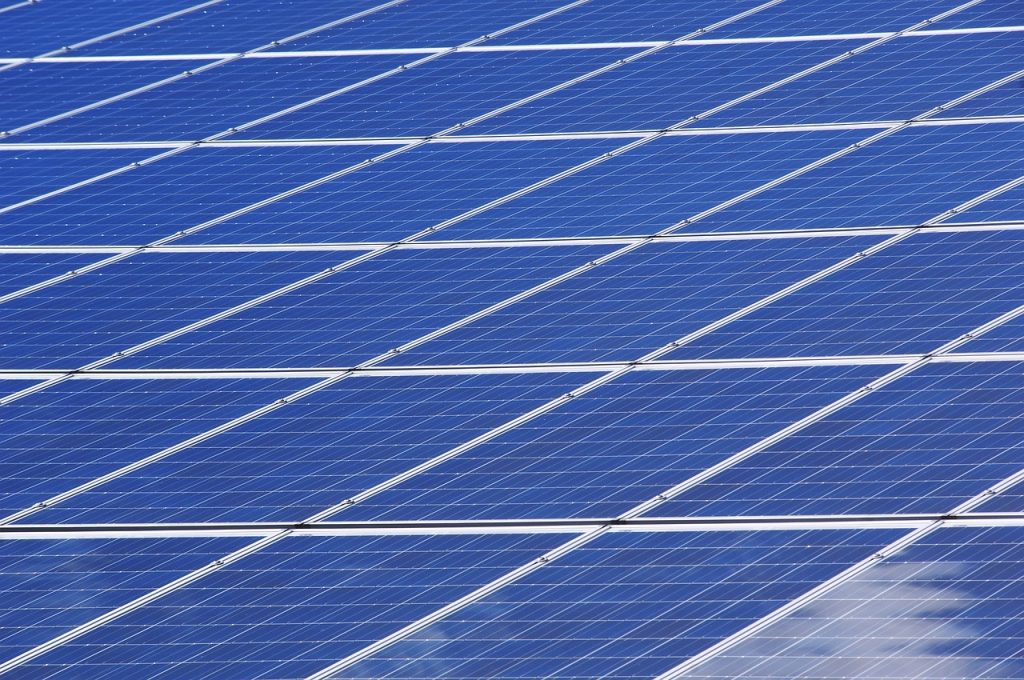
Leasing vs. PPA: Which Option is Right for You?
When deciding between leasing and PPA options, it is essential to consider various factors to determine which option is the most suitable for your specific situation. Here are some key factors to consider:
Understanding Your Financial Situation
Assess your financial capacity and determine the feasibility of leasing or entering into a PPA based on your budget and long-term financial goals.
Assessing Energy Consumption
Analyze your energy consumption patterns to understand your electricity needs. This will help you determine the appropriate system size and evaluate the potential cost savings associated with leasing or PPA options.
Evaluating Long-term Goals
Consider your long-term goals and how solar energy adoption fits into those goals. Determine whether owning a solar energy system or simply procuring solar energy through a PPA aligns better with your objectives.
Considering Risk Tolerance
Evaluate your risk tolerance and comfort with uncertain factors such as fluctuating electricity rates, termination penalties, and potential changes to the system over time. Choose the option that aligns with your risk tolerance level.
Consulting with Professionals
Seek advice from professionals who specialize in solar energy financing, such as solar installers, financial advisors, or tax professionals. Their expertise can provide valuable insights and help you make an informed decision.
Conclusion
In conclusion, both leasing and power purchase agreement (PPA) options provide viable alternatives to traditional methods of adopting solar energy. Leasing offers the advantage of lower upfront costs and maintenance responsibilities, while a PPA provides fixed electricity rates and minimal upfront investment. The decision between leasing and PPA depends on individual circumstances, financial goals, and risk tolerance. Thorough research, careful consideration of important factors, and consultation with professionals will ensure that you make the right choice for your solar energy financing needs. As the solar energy industry continues to evolve, it is essential to stay informed about future trends in solar energy financing to make informed decisions that align with your long-term objectives.
